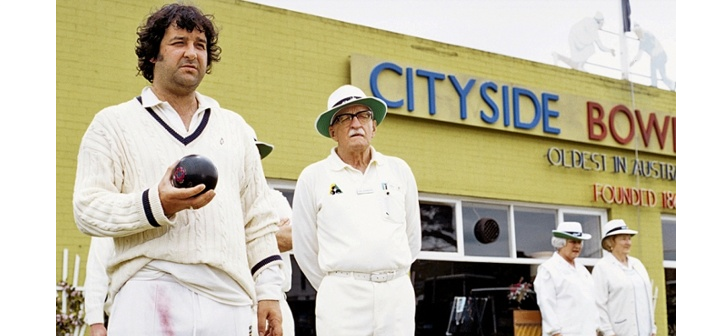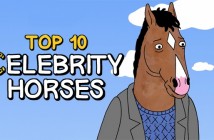The Australian film industry began in 1908 with the production of ‘The story of the Kelly Gang’, the first feature film ever produced in Australia.
Over a hundred years on, this country has made many iconic films that have received international recognition.
Here are the ‘Top 10 Aussie Blokey Films’.
10. The man from Snowy River
This 1982 drama, based on the famous Andrew Barton ‘Banjo’ Paterson poem of the same name, is one of the most iconic Australian films of all time. Mixed in with the action are a cattle muster, wild horses and booming mining town activities; so it’s just about as rugged Aussie outback as it gets. This film gained international recognition and was nominated for a Golden Globe in the category of best foreign film.
9. The dish
Based on a true story, this 2000 comedy looks at the dealings NASA had with some Aussie technicians whose job it was to set up a satellite dish in Australia so Aussies could watch the 1969 moon landing. In true Aussie style, the technicians decided a sheep farm would be an ideal location for the dish. What follows is a comical contrast between Australian and the U.S.cultural perspectives.
8. The Wog Boy
This film has been described as Australia’s leading exponent of ‘wog’ humour. The comedy starring Nick Giannopoulos and Vince Colosimo gained a massive cult following and had people everywhere bringing out their inner Greek.
7. Kenny
Kenny is a 2006 mockumentary that looks into the life of fictional character ‘Kenny’ who is described as “the Dalai-Lama of waste management”. This flick made Shane Jacobson a household name in Australia and he has since gone onto bigger and better things to host the ManSpace TV show.
6. Crackerjack
This feel-good comedy follows the life of the wise-cracking slacker Jack Simpson played by Mick Molloy. The 2002 film written by Mick and his younger brother Greg follows Jack’s foray into the great Aussie past time of lawn bowls.
5. Gallipoli
Winning too many awards to list; Gallipoli is a 1981 Australian war film depicting the story of a group of men from rural Western Australia who enlisted in the army to fight in World War I. The film has Aussie themes of mateship and larrikinism and provides an insight into what it was like for the Aussies who were involved in the 1915 WWI Battle of the Nek on the Gallipoli Peninsula.
4. Wolf creek
The 2005 horror film Wolf Creek is about three backpackers who are taken captive by a serial killer in the Australian outback. The film was marketed as ‘based on true events’ as the film did have some resemblance to the actions of notorious serial killer Ivan Milat.
3. Mad Max Fury Road
Mad Max is a dystopian future movie franchise that consists of the original 1979 film: Mad Max, Mad Max 2: The Road Warrior (1981), Mad Max Beyond Thunderdome (1985) and Mad Max Fury Road (2015). The final installment is the highest grossing film in Australian film history, with an international box office of $375 million. This film has received numerous awards including six academy awards and is widely regarded as the best Aussie action film to date.
2. The Castle
This Aussie classic is the story of a working class family’s battle to keep their home. Amusingly, the film-makers chose the family name ‘Kerrigan’ from the name of a tow truck company that the film company had hired a tow truck from. Kerrigan’s towing services still operates today.
- Crocodile Dundee
In 1977 Rodney William Ansell, a wild buffalo hunter and rugged Aussie bush character, was the focus of media attention around the world following his 56 day survival experience stranded in remote bush in the Northern Territory. This story was the inspiration for the 1986 film Crocodile Dundee starring Paul Hogan. For many people around the world, Crocodile Dundee became their image of life in outback Australia. Starring Paul Hogan as the larrikin Aussie bushman, portrayed as rugged and humorous, the film might well be the most quoted Aussie flick ever made. Two versions were released, the Aussie version and a modified international version in which some of the Aussie slang was replaced with more widely known words and phrases. Both were extraordinarily successful in drawing audiences both in Australia and internationally and for better or for worse it gave Australia a lasting image overseas.





